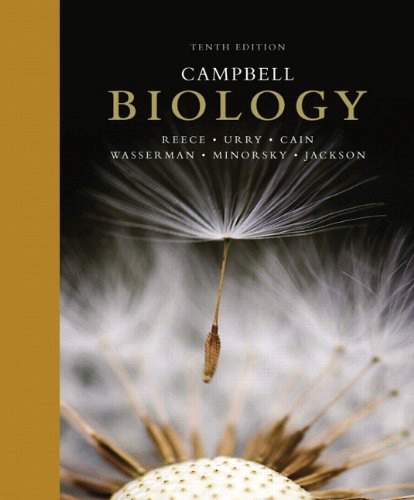Connecting...

This is a quick preview of the lesson. For full access, please Log In or Sign up.
For more information, please see full course syllabus of Biology
For more information, please see full course syllabus of Biology
Biology RNA
Lecture Description
In this lesson, our instructor Bryan Cardella gives an introduction on RNA. He explains the central dogma, the role and characteristics of RNA, and the differences between DNA and RNA. He then discusses the types of RNA, transcription, RNA processing, translation, and mutations.
Bookmark & Share
Embed
Share this knowledge with your friends!
Copy & Paste this embed code into your website’s HTML
Please ensure that your website editor is in text mode when you paste the code.(In Wordpress, the mode button is on the top right corner.)
×
Since this lesson is not free, only the preview will appear on your website.
- - Allow users to view the embedded video in full-size.
Next Lecture
Previous Lecture










































 Answer Engine
Answer Engine

1 answer
Mon Oct 5, 2015 11:10 AM
Post by Syaza Yasirah on October 5, 2015
Hi Mr Cardella,
Sorry to ask another question but if the sequence of a DNA strand is 5'-AGCTGTC-3', would I write the mRNA strand as 3'-UCGACAG-5' or 5'-GACAGCU-3'? Sorry, I am getting really confused with the whole synthesizing of a DNA and reading the strand and how the complementary strand would be read as.
Thank you
2 answers
Last reply by: Syaza Yasirah
Tue Jun 23, 2015 11:58 PM
Post by Syaza Yasirah on June 13, 2015
Hi Mr Cardella,
Thank you for the great lecture! I was wondering if I were to remove a base from a DNA sequence like removing T (from TAC) from CGG TCG TAC AGG TGT CGC CAG, will the amino acid sequence be shortened by several amino acids or be shortened just by one amino acid?
Thank you
2 answers
Last reply by: David Gonzalez
Sat Feb 14, 2015 5:37 PM
Post by David Gonzalez on February 10, 2015
Hi Mr. Cardella.
I recently learned that DNA not only codes for proteins, but that various genes can also code for RNA only (instead of a protein). I've always thought that the sequence was this: nucleotide sequence (gene) --> RNA molecule (transcription) --> amino acid sequence (protein).
How is a nucleic acid formed as a byproduct of a gene?
Thank you.
2 answers
Last reply by: Kan-yun, Lee
Sun Oct 26, 2014 10:15 PM
Post by Kan-yun, Lee on October 26, 2014
I'm curious that how splicesome recognize introns and extrons?
1 answer
Tue Jun 24, 2014 10:08 AM
Post by Enrique Salinas on June 23, 2014
Can you please explain the following problem: in a DNA strand with a base sequence of TCAGTA, what would be its DNA complement??
0 answers
Post by Rebecca Leece on May 26, 2014
These are great lectures--extremely clear and easy to follow. Thank you! I also like how you give ways to help remember terms and relationship, like "exons exit the nucleus." Super helpful.
3 answers
Sat May 31, 2014 8:33 PM
Post by Laura Mejia on March 8, 2014
I was just wondering what is the difference between an exon and an intron?